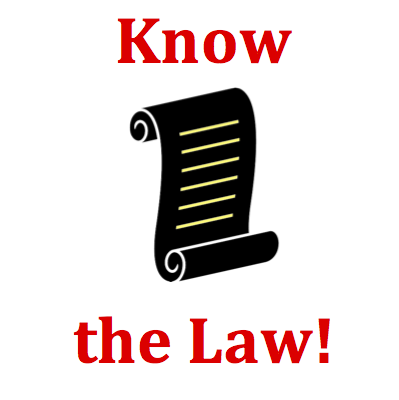Hold down the T key for 3 seconds to activate the audio accessibility mode, at which point you can click the K key to pause and resume audio. Useful for the Check Your Understanding and See Answers.
Mission RL9 Converging Lenses - Image Characteristics - Question Group 10 Help

An 'object arrow' (in RED) is placed in front of a converging lens as shown in the diagram below. Which image (in GREEN) represents the approximate location, size and orientation for such an object position?

The characteristics of images formed by converging lenses is dependent upon the location of the object. Varying the object location results in different image characteristics. The important characteristics are easily remembered by the mnemonic LOST: Location, Orientation, Size and Type. The general idea is that the principal axis can be divided into three regions - the region behind the 2F point, the region in front of the focal point and the region between the 2F point and the focal point. The characteristics of the image will be predictably the same whenever the object is within a given region, no matter where within the region it is. If the object is between regions - at the 2F point or at the focal point, then the characteristics of the image will be predictably different than if the object were in the region itself.

The diagram shows an object located between the F' location and the surface of a converging lens. There are numerous images shown at various locations. Some images are larger than the object (magnified); other images are smaller in size (reduced). Some images are upright; other images are inverted. The goal is to use the LOST model to identify the location and characteristics of the image. Many images can be instantly ruled out because of an incorrect location. Others can be ruled out because of an incorrect orientation. Still others can be ruled out because of incorrect size. There is only one correct image for the given object location; your goal is to find it.

